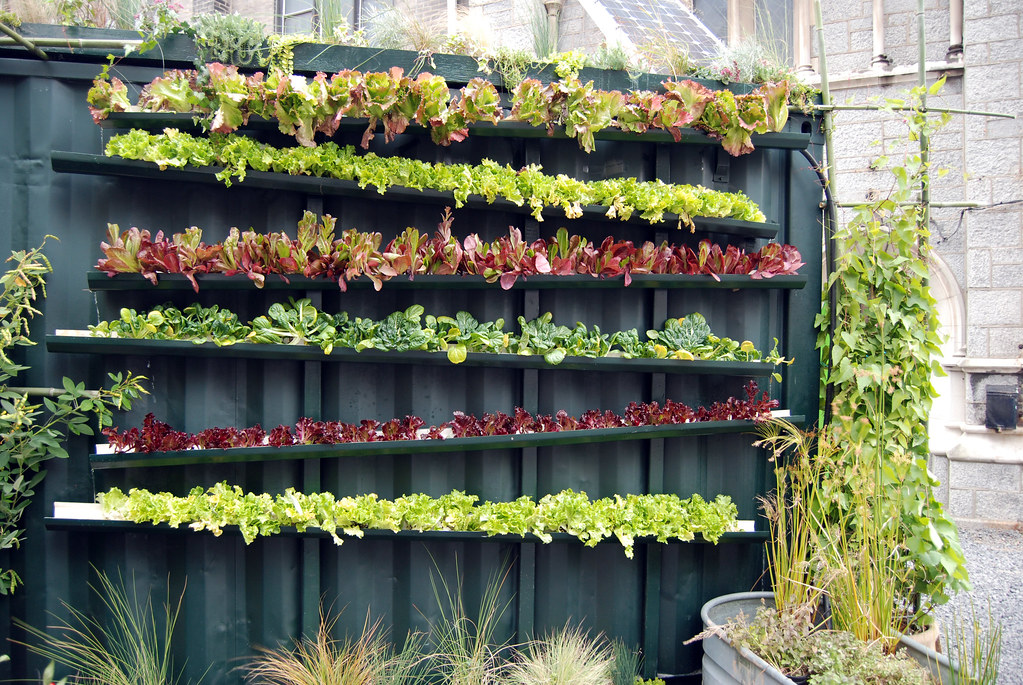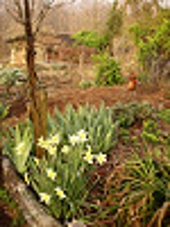
 1
1










Brenda
Bloom where you are planted.
http://restfultrailsfoodforestgarden.blogspot.com/
























[img]http://i109.photobucket.com/albums/n52/havlik1/permie%20pics2/permiepotrait3pdd.jpg[/img]
"One cannot help an involuntary process. The point is not to disturb it. - Dr. Michel Odent
















land and liberty at s.w.o.m.p.
www. swompenglish.wordpress.com








land and liberty at s.w.o.m.p.
www. swompenglish.wordpress.com








 1
1












TCLynx




land and liberty at s.w.o.m.p.
www. swompenglish.wordpress.com








rose macaskie wrote:
n Jennifer you say your husband does not understand th importance of permiculture, it is just normal for an intelligent person to look at all systems that have to do with a project they are involved in.




http://www.greenshireecofarms.com
Zone 5a in Central Ontario, Canada












Those who hammer their swords into plows will plow for those who don't!
















Clara Florence wrote:While I love the idea of vertical gardening, the reality is often less encouraging. Vertical gardening was one of the first techniques I tried and I gave it up because... Vertical gardens evaporate water really fast. The soil is exposed to a lot more evaporation factors than a ground based garden...

Gardening with the Slow Burn of Rotting Wood
http://woodforfood.blogspot.com

|
Acetylsalicylic acid is aspirin. This could be handy too:
Homestead Pastured Poultry course
https://permies.com/wiki/364740/Homestead-Pastured-Poultry
|








